Low-Frequency Electromagnetics Blog Posts
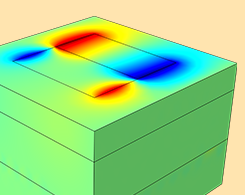
Analyzing Magnetotellurics with Electromagnetics Simulation
Magnetotellurics (MT) is a geophysical method for mapping the magma flow of volcanos. Using electromagnetics simulation, engineers are able to study and improve this technique.

Common Pitfalls in Electrothermal Analysis
In the real world, electromagnetic heating often involves a nonlinear temperature. Learn some common pitfalls that occur during this type of electrothermal analysis and how to overcome them.
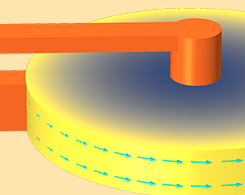
Redesigning Faraday’s Wheel: Creating Efficient Homopolar Generators
Acyclic generator, unipolar generator, disc dynamo, Faraday wheel, homopolar generator: Whatever you call it, this device has an interesting history and a variety of applications.
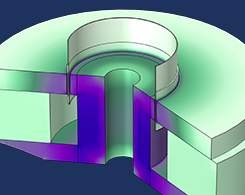
Topology Optimization of a Magnetic Circuit for Loudspeakers
By optimizing the topology of loudspeaker components, such as magnetic circuits, we can develop speaker designs that are portable, lightweight, and high quality.
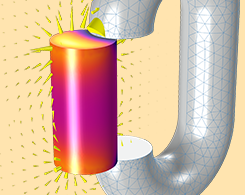
Modeling Ferromagnetic Materials in COMSOL Multiphysics®
Get a comprehensive guide to modeling ferromagnetic materials in COMSOL Multiphysics®, including an introduction to the theory and a series of useful animations.

Model Deforming Objects with the Arbitrary Lagrangian-Eulerian Method
The combined efforts of Leonhard Euler and Joseph-Louis Lagrange inspired the arbitrary Lagrangian-Eulerian (ALE) method, which we can use to model deforming objects.
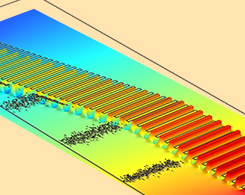
Analyzing an Electrodynamic Ion Funnel with COMSOL Multiphysics®
Quadrupole mass filters and ion mobility spectrometers are used to detect explosives, study complex biological molecules, and more. Ion funnels are an important component of these devices.
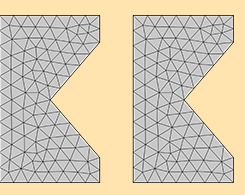
Should I Fillet the Geometry in My Electromagnetic Heating Analysis?
You want to analyze electromagnetic heating around sharp corners in your simulation. Do you round off the corners by adding a fillet? We go over cases where you should and shouldn’t do so.
